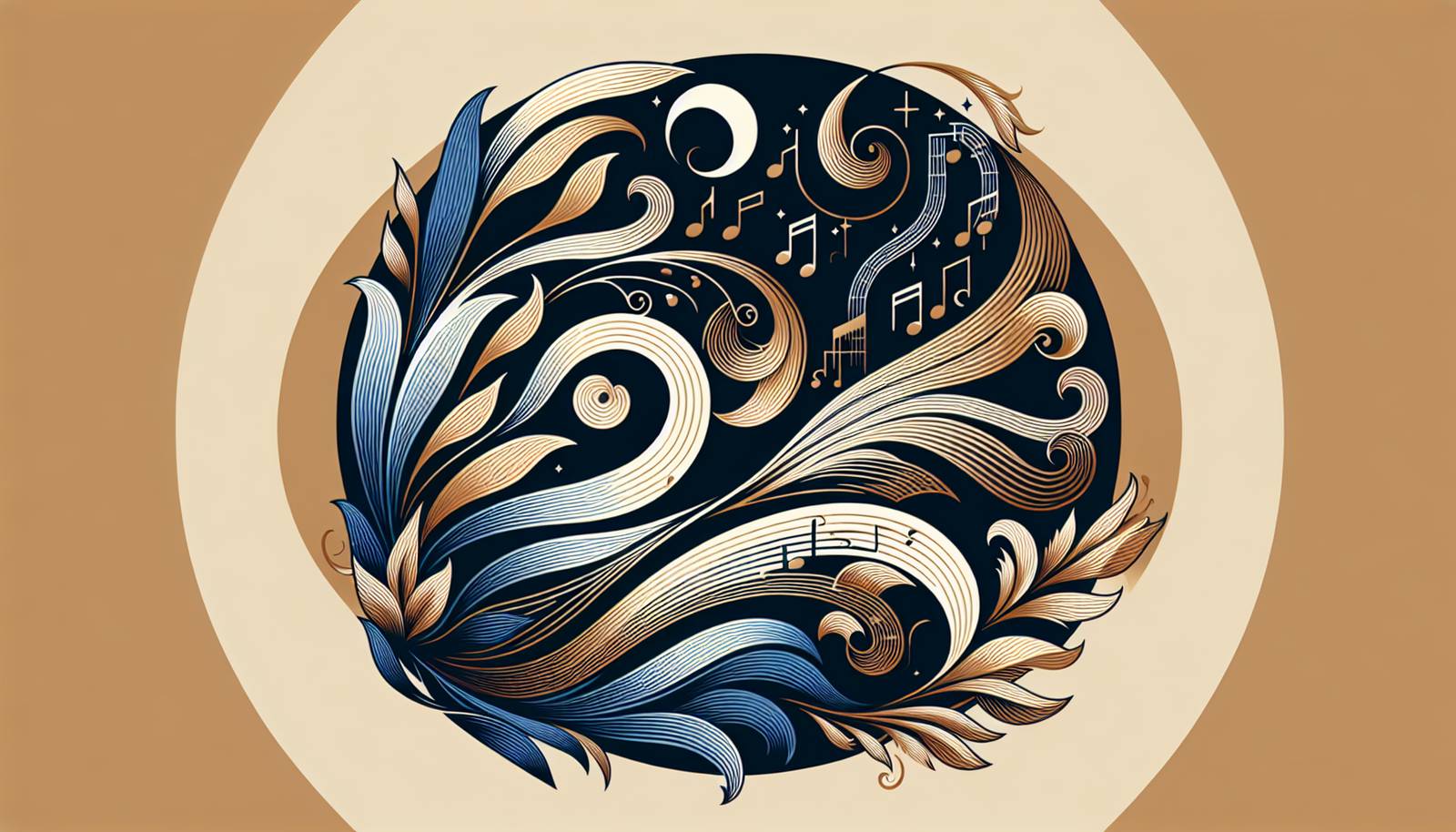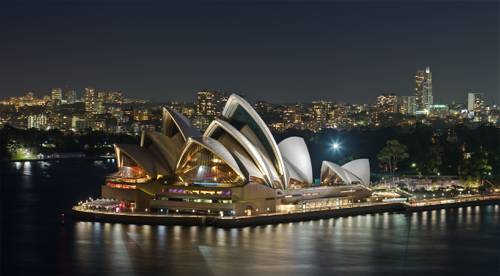
FAQ About The Role of Opera in Cultural Traditions

What is opera and how did it originate?
Opera is a theatrical art form that combines singing, instrumental music, drama, and sometimes dance to tell a story. It originated in Italy over 400 years ago, during the late 16th century. The earliest known opera, Dafne, was composed by Jacopo Peri to recreate the essence of ancient Greek theater. Over time, opera evolved to incorporate various musical styles and dramatic narratives, becoming an important cultural tradition in Europe and beyond.

How has opera influenced modern music and theater?
Opera has significantly influenced modern music and theater by contributing to the development of vocal techniques and dramatic storytelling. The operatic form emphasizes emotion and character development, inspiring musicals, films, and even pop music. Elements such as the use of leitmotifs and grand staging in operas have been adapted into modern productions, enriching contemporary cultural expressions.

What are some key characteristics of opera?
Key characteristics of opera include its use of extended musical composition to express dramatic plots, sung dialogue (recitative), and arias where characters express emotions deeply. It often incorporates orchestral overtures, intricate costuming, and set designs to enhance storytelling. Operas may feature a range of vocal styles from bel canto to modern, each adding unique textures to the performances.

How does opera preserve cultural traditions?
Opera preserves cultural traditions by encapsulating and presenting stories, folklore, and historical events from different cultures in an artistic format. Through its narratives, operas often reflect societal values, languages, and customs, preserving them for future generations. This art form acts as a cultural repository, not only through its stories but also through musical compositions that include culturally specific instruments and sounds.

What are famous examples of operas that reflect cultural traditions?
Many operas reflect cultural traditions, such as Giacomo Puccini's Madama Butterfly, which portrays aspects of Japanese culture, and Giuseppe Verdi’s Aida, set in ancient Egypt. Chinese operas, like The Peony Pavilion by Tang Xianzu, are rich in cultural symbolism and traditional themes. These works are celebrated for weaving cultural elements into their music and narratives.

In what ways does opera influence global cultures today?
Opera continues to influence global cultures through its universal themes of love, conflict, and humanity, which resonate across cultures. It fosters a cross-cultural exchange by introducing audiences to different languages and traditions. Modern operas often address global issues and contemporary themes, underscoring opera’s adaptability and enduring relevance in global cultural dialogues.

How do cultural variations affect the style and presentation of opera?
Cultural variations significantly impact opera’s style and presentation. Western operas often focus on classical Western music traditions, while Eastern operas might incorporate unique local music traditions, instruments, and narrative styles. For example, Peking opera in China is known for its stylized performance, traditional costumes, and symbolic gestures, differing from European operatic traditions.

What role does language play in opera?
Language plays a crucial role in opera as it determines the opera’s accessibility and emotional resonance. Many operas are performed in their original language to preserve authenticity, though translations and supertitles are often used to reach wider audiences. Language in opera also helps convey cultural nuances and can impact the rhythmic and melodic composition of the music.

How do opera houses contribute to the cultural significance of opera?
Opera houses are cultural landmarks that preserve and promote the opera tradition. They provide a platform for performances, support artists, and foster cultural education. Renowned opera houses like La Scala in Milan and the Metropolitan Opera in New York serve as cultural hubs, drawing audiences from around the world to experience operatic works within historic and architecturally significant settings.

What are some modern adaptations of opera?
Modern adaptations of opera include contemporary interpretations of classic works, as well as new compositions that blend genres such as rock or jazz with traditional opera. Some modern operas address current social issues, using updated staging techniques, digital technology, and innovative storytelling methods. Productions like Philip Glass's operas or adaptations by companies such as The Met Opera Live in HD bring opera to a broader audience through cinemas and digital platforms.

How do cultural festivals promote opera?
Cultural festivals promote opera by showcasing it alongside other cultural expressions, attracting diverse audiences. Festivals such as the Salzburg Festival in Austria or the Glyndebourne Festival in the UK celebrate traditional and contemporary operas, providing exposure to different styles and composers. These events elevate opera within the cultural spectrum and support its evolution by commissioning new works and supporting emerging talent.

What is the role of technology in modern opera?
Technology plays a significant role in modern opera by enhancing production values, accessibility, and audience engagement. Advanced stage technologies, digital set designs, and sound amplification improve the visual and auditory experience. Streaming services and HD broadcasts extend opera's reach, making performances accessible globally, thereby expanding its traditional audience base and democratizing access to the art form.

How do operas impact cultural identity?
Operas impact cultural identity by expressing and affirming the values, history, and myths of the cultures they portray. By dramatizing culturally significant stories, operas help preserve and disseminate cultural heritage. They also contribute to national pride, playing a part in forming and maintaining cultural identity through iconic works celebrated for their artistic and historical significance.

Why is opera considered a high art form?
Opera is considered a high art form due to its intricate combination of music, drama, visual art, and literature. This complexity demands high levels of artistic excellence, skilled performers, and creative production teams. Its emphasis on grand presentation and technical precision, along with its historical roots and cultural depth, contribute to its status as a prestigious and respected art form.

What challenges does opera face in modern times?
Opera faces several challenges in modern times including financial sustainability, attracting young audiences, and maintaining relevance in a rapidly changing cultural landscape. Competition with more mainstream entertainment, high production costs, and perceptions of being elitist can limit its accessibility. However, many opera companies are innovating through outreach programs and adapting content to meet contemporary tastes.

How are women represented in opera?
Women in opera often feature prominently in central roles, such as sopranos who carry lead characters. Over the centuries, many operas have explored themes surrounding female experiences, though sometimes see them through a historical lens that reflects past gender norms. Today, there is a growing movement within opera to reimagine traditional roles and create new works that present women’s stories more equitably and innovatively.

Can opera be culturally diverse?
Yes, opera can be culturally diverse. While traditionally rooted in Western European traditions, opera has embraced global inspirations and stories from a wide array of cultures. Modern operas often include multicultural casts and explore diverse narratives, showcasing the universality of opera’s themes and enhancing its cultural richness.

How does opera education benefit young people?
Opera education benefits young people by exposing them to complex musical forms, enhancing cultural literacy, and fostering appreciation for performing arts. Educational programs often include opportunities for students to partake in workshops, see live performances, and even perform themselves, nurturing creativity, discipline, and teamwork skills.

What is the importance of costumes in opera?
Costumes are vital in opera as they help bring characters and stories to life. They reflect the opera’s setting, period, and cultural backdrop, adding visual depth and authenticity to performances. Designers meticulously craft opera costumes to align with characters’ personalities and emotions, enhancing the audience's understanding and engagement with the narrative.

Why are some operas considered timeless classics?
Some operas are considered timeless classics because they masterfully combine universal themes, exceptional music, and compelling storytelling. Works by composers like Mozart, Verdi, and Wagner resonate across generations due to their emotional depth, innovative compositions, and the ability to convey the human condition. These classics continue to be performed globally, preserving their enduring influence and appeal.
